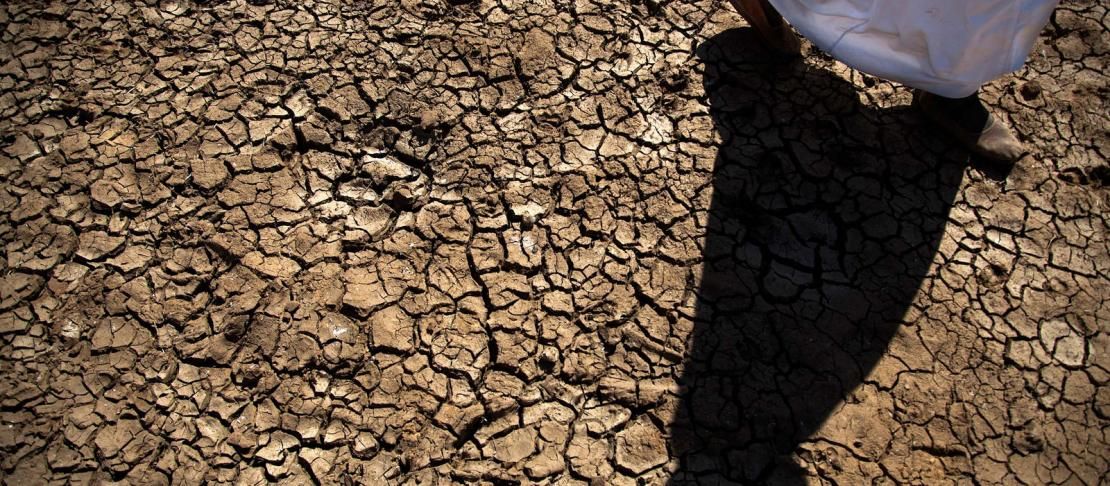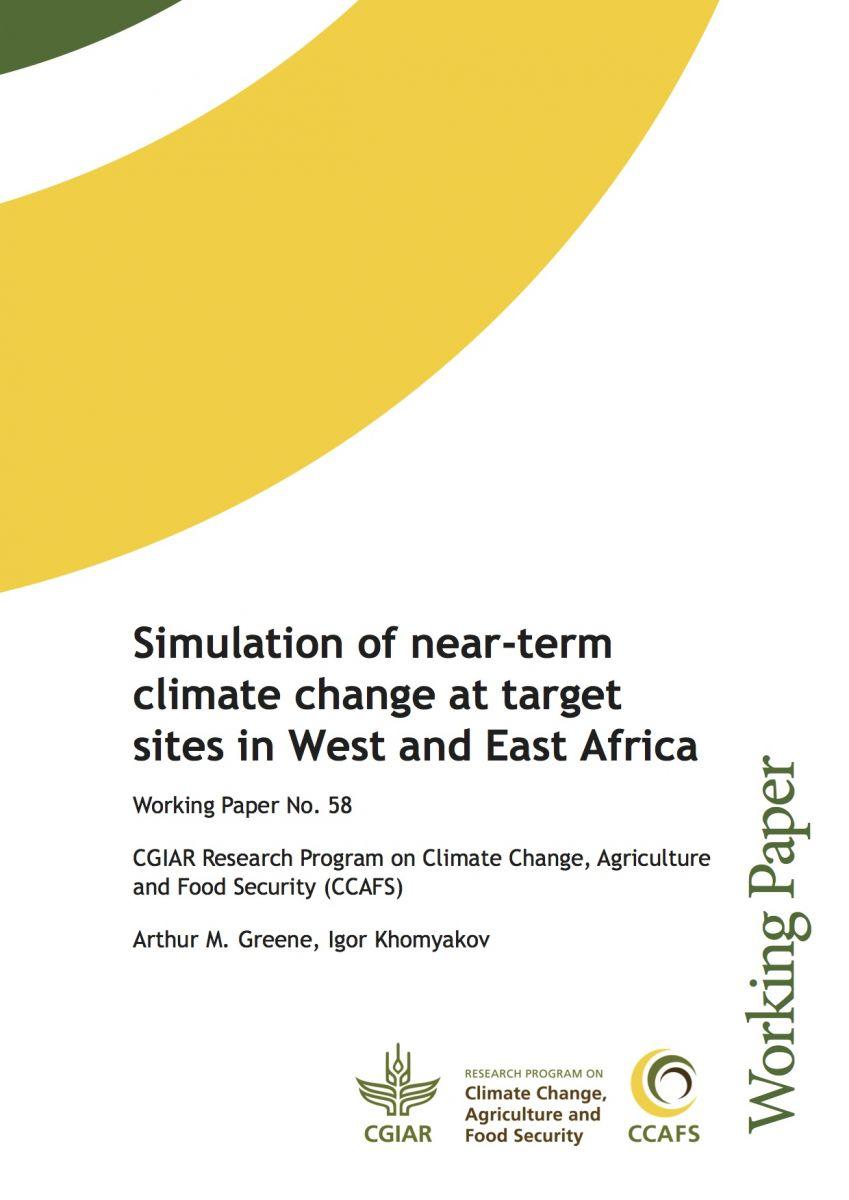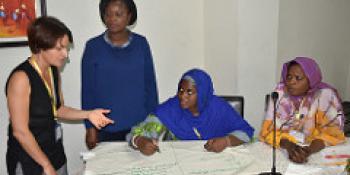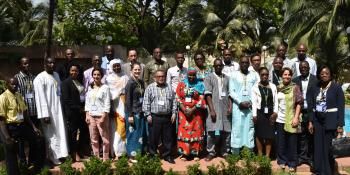New paper explores the wild card of decadal variability when simulating future climate scenarios

With the increasing attention towards the expected climatic impacts on agriculture, the contribution of another important player is often overlooked: climate variability.
Climate variability means the fluctuations in rainfall, temperature or other attributes that make one year – or one decade – different from the next.
So then, how large are the fluctuations (variability) in rainfall and temperature that make up one year? More to the point, how do these fluctuations compare with the changes we might expect from global warming?
The answer to this question depends on where, on planet Earth, one stands: In the  West African Sahel in the mid-20th century, rainfall experienced a decade-on-decade decrease that was quite large. This can be compared with any slowly-evolving trend we might associate with global warming. Across the continent in equatorial East Africa, however, decade-to-decade variations were muted.
West African Sahel in the mid-20th century, rainfall experienced a decade-on-decade decrease that was quite large. This can be compared with any slowly-evolving trend we might associate with global warming. Across the continent in equatorial East Africa, however, decade-to-decade variations were muted.
In a recently released Working Paper from the CGIAR Research Program on Climate Change, Agriculture and Food Secuirty (CCAFS) series, we looked at the simulation of near-term climate change at target sites in Kaffrine, Senegal, and Machakos in Kenya. Our paper focuses primarily on the methodology of simulation and the generation of simulation data.
As we look to the future, global climate models can help us to understand the warmer world in which tomorrow’s crops will be grown. Observations based on weather station records on the other hand, can provide insights into the nature of regional climate variability.
In our Working Paper, “Simulation of near-term climate change at target sites in West and East Africa” these complementary sources of information have been combined while producing future scenarios for 2050 .The simulations incorporate both climatic changes and the decade-to-decade variations that may act to either enhance or mitigate the effects of climate change.
Kaffrine and Machakos have experienced markedly different decade-to-decade variability in rainfall. Seasonal patterns of rainfall also differ, with Kaffrine experiencing a single rainy season and Machakos the classical “long” and “short” rains that we associate with equatorial East Africa This is among the other characteristics that must also be accounted for in any simulation design.
Tackling uncertainties in climate modeling
In the paper we refer to “the extent that we believe” something, in this case about a particular aspect of climate behavior. Implicit in this innocuous-sounding, but in fact deeply significant phrase is the concept of uncertainty. Uncertainty per se need not be feared, of course, but neither can it be ignored, and this is a key feature of the scenarios produced by this project.
By taking account of uncertainties, in both the future effects of global warming and the natural variability that may act to augment or diminish those effects, the scenarios include quantifiable uncertainty ranges for variations in rainfall and temperature for the next few decades. In this way the uncertain behavior of decadal variability are introduced into representations of climate change in the “near term.”
What we did in this paper was to generate sequences of precipitation and maximum and minimum daily temperatures at two locations in western and eastern Africa respectively. The generated sequences and models we used are all included in the Working Paper.
The simulations are intended to drive agricultural or other applications models to investigate responses to a range of plausible trends, on which are superimposed decade-scale climate fluctuations whose likelihood of occurrence can be estimated.
We believe studies like this one can serve as useful supplements to reports such as those produced by International Food Policy Research Institute (IFPRI) on African agriculture and climate change.
Interested in climate modeling? Learn more about our modeling-research:
- Agriculture and climate models under scrutiny: why are they not coming together?
- New study models where agriculture is heading under climate change
Explore our climate databanks - now with new data:
- CCAFS-Climate data portal
- MarkSim GCM tool
Download the Working Paper to learn more about this unique study: Simulation of near-term climate change at target sites in West and East Africa, Greene AM, Khomyakov I. 2013. CAFS Working Paper No. 58. CGIAR Research Program on Climate Change, Agriculture and Food Security (CCAFS).
Arthur M. Greene works as an Associate Research Scientist based at the International Research Institute for Climate and Society, The Earth Institute, Columbia University



